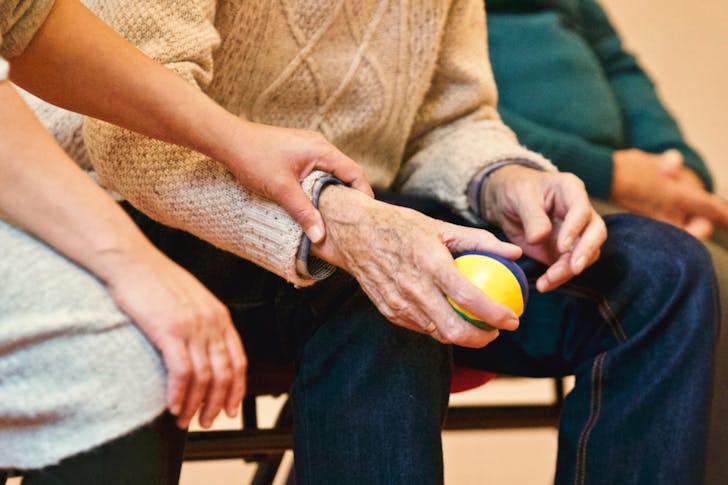Living with chronic pain is challenging. That is for sure! But your location can make a significant difference in your quality of life. According to a new report from the American College of Rheumatology (ACR), certain states are particularly tough for those suffering from conditions like arthritis. The report highlights the worst places to live with chronic pain in the U.S.
The ACR assessed all 50 U.S. states based on three main factors: Access to rheumatologic care, affordability, and ease of maintaining an active lifestyle. These factors combined provide a clear picture of where individuals with chronic pain might face the most challenges.
Maryland Stands Out as the Best State to Live With Arthritis!
Interestingly, Maryland was the only state to receive an overall grade of “A” in the ACR’s report. This highlights its superior healthcare infrastructure, affordability, and supportive environment for those with rheumatic diseases.

Matt / Pexels / Per the comprehensive ACR report, Maryland - getting an overall grade of “A” - is the best state to live with Arthritis.
Maryland sets a benchmark for what ideal living conditions for chronic pain patients can look like.
The Worst Places to Live With Chronic Pain in the U.S.
While Maryland excels, the report identified numerous states that fall short in providing a supportive environment for chronic pain sufferers. Here are the states that are considered the worst places to live with chronic pain according to the ACR study:
- Alabama
- Alaska
- Arizona
- Arkansas
- Delaware
- District of Columbia
- Florida
- Georgia
- Idaho
- Indiana
- Iowa
- Kansas
- Kentucky
- Louisiana
- Maine
- Massachusetts
- Michigan
- Mississippi
- Missouri
- Nevada
- New Mexico
- North Carolina
- North Dakota
- Ohio
- Oklahoma (One of two states to get a “D”)
- Oregon
- Pennsylvania
- Rhode Island
- South Carolina
- South Dakota
- Tennessee
- Texas
- Utah
- Washington
- West Virginia
- Wyoming
For more insights, get the full ACR report here!
Why These States Struggle?
Many of these states face challenges in providing adequate access to rheumatologic care. For instance, rural areas in states like Alaska and Wyoming have fewer specialists, making it difficult for patients to get timely and effective treatment. Affordability is another significant issue, particularly in states with higher living costs or inadequate insurance coverage for chronic conditions.

Olly / Pexels / States like Alabama and Mississippi - which struggle with both healthcare infrastructure and economic factors - make it tough for chronic pain sufferers to get by, the ACR report highlights.
High costs of medication and frequent visits to specialists can quickly add up, causing financial strain on top of physical discomfort.
Lifestyle and Activity Considerations
Maintaining an active lifestyle is crucial for managing chronic pain. However, in many of these worst-rated states, outdoor activity may be limited due to climate, lack of infrastructure, or insufficient community support. For example, harsh winters in states like North Dakota and Maine can make it difficult to stay active year-round, exacerbating pain symptoms.
Urban areas in states like the District of Columbia and Massachusetts might have better healthcare facilities. However, the high cost of living and busy lifestyles can still pose significant challenges for those with chronic pain. Thus, this makes them one of the worst places to live with chronic pain.
Impact on Daily Life
Living in a state that ranks poorly for chronic pain management can significantly affect daily life. Difficulty in accessing specialized care means patients often have to travel long distances, which can be both time-consuming and physically taxing. Financial burdens can lead to stress and anxiety, further aggravating pain symptoms.
Plus, a lack of support for maintaining an active lifestyle can lead to a sedentary routine, worsening the condition over time. This creates a vicious cycle where pain limits activity and inactivity increases pain.











